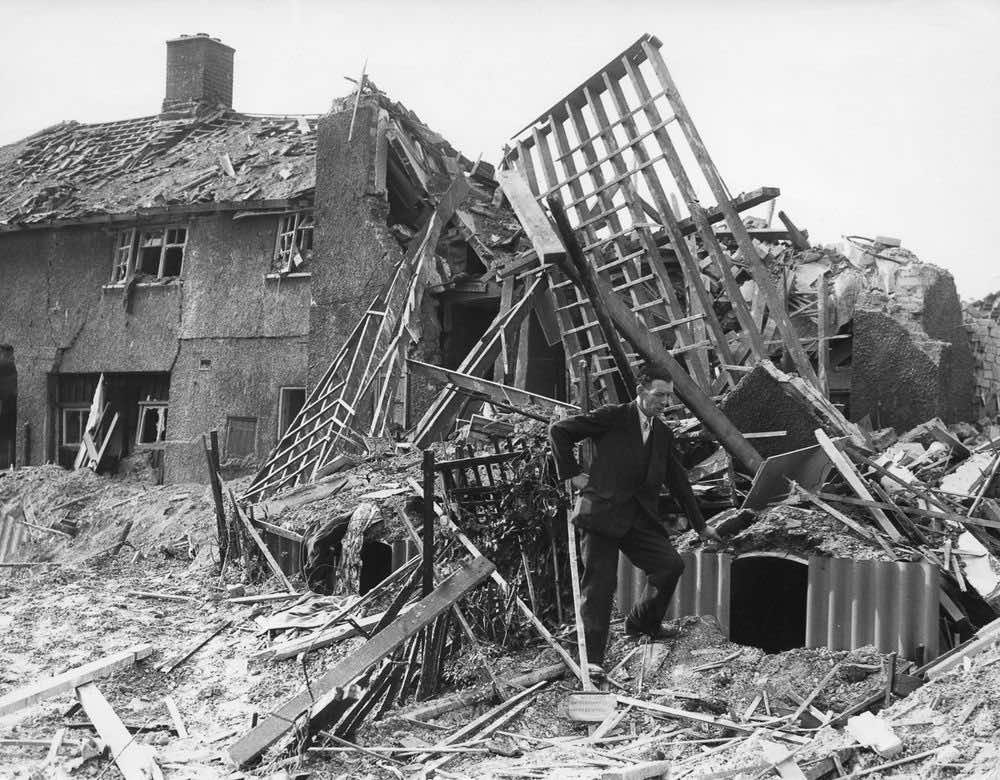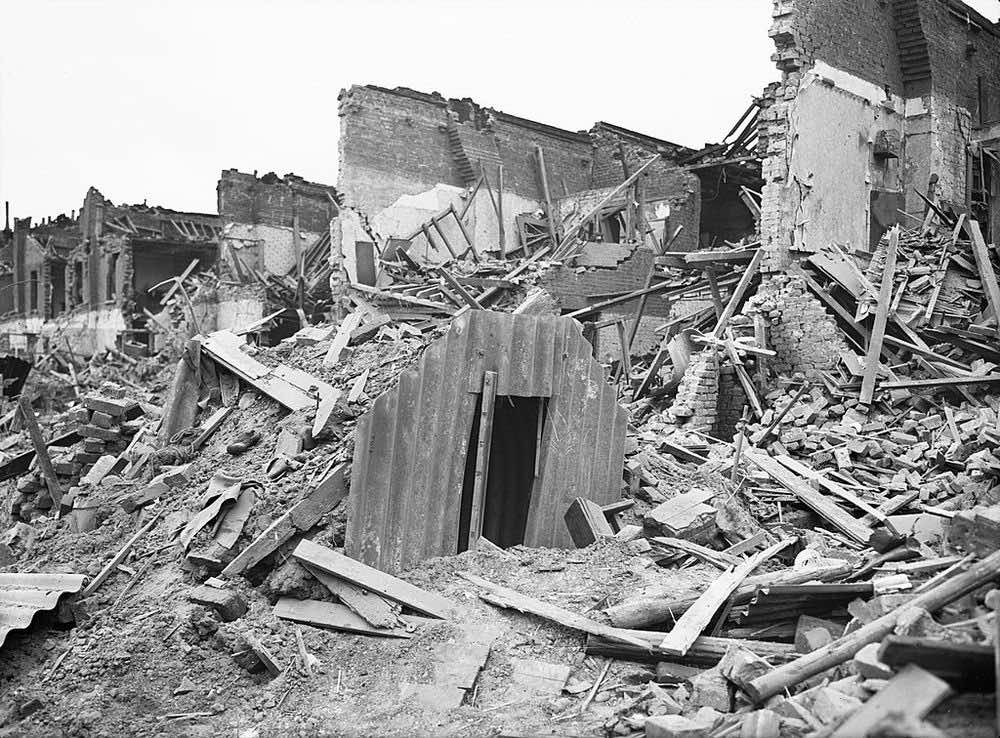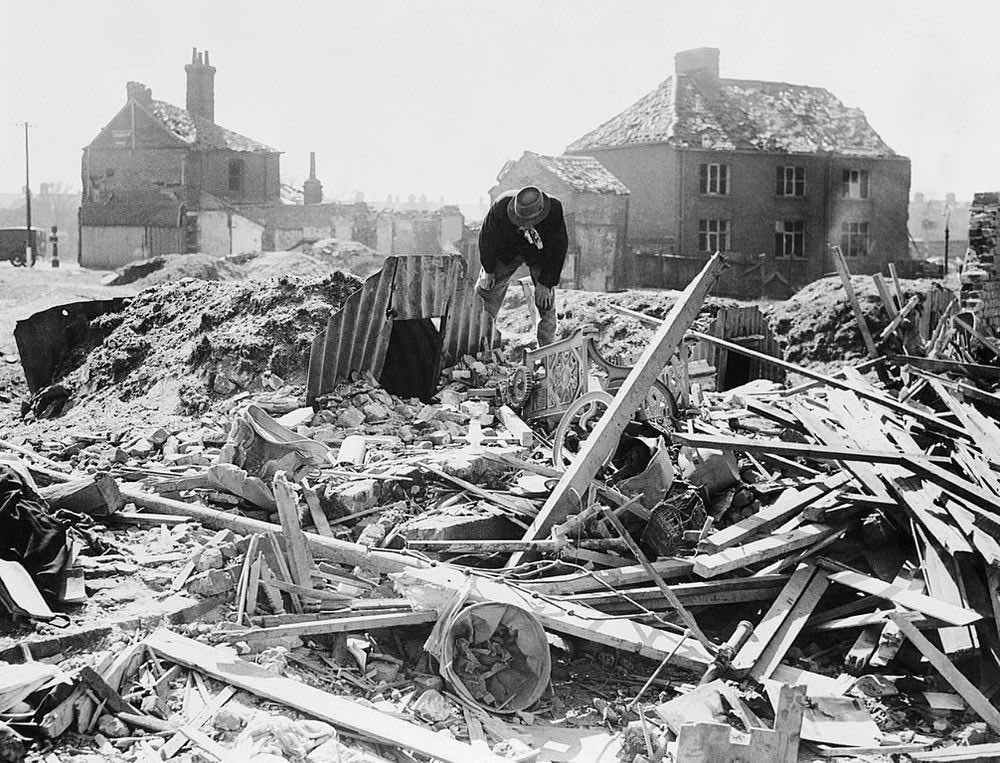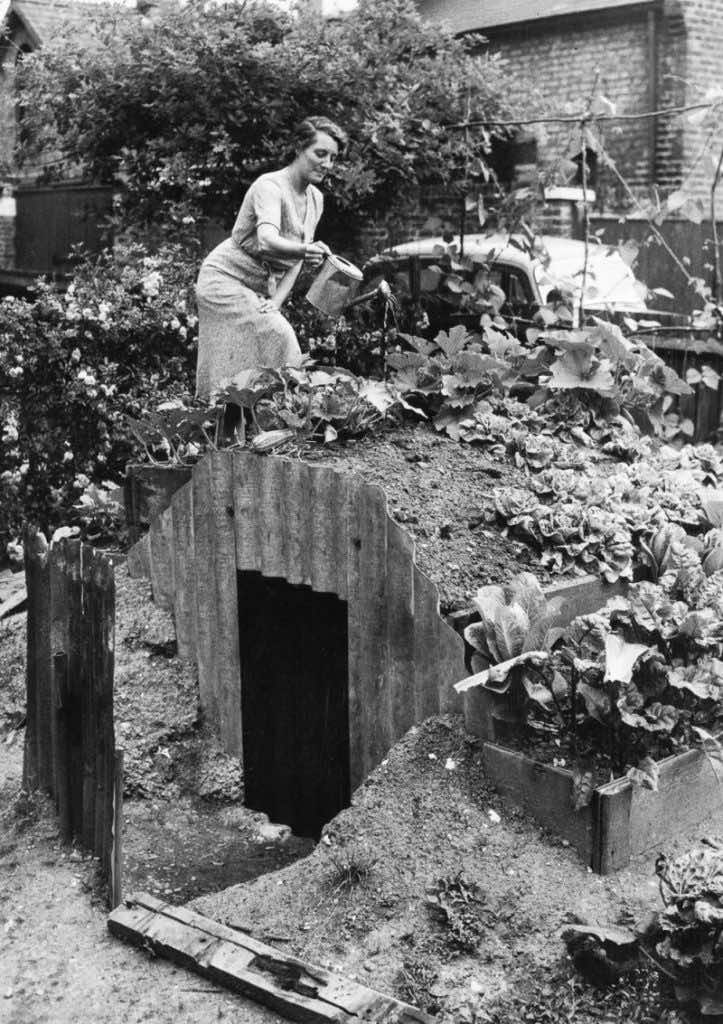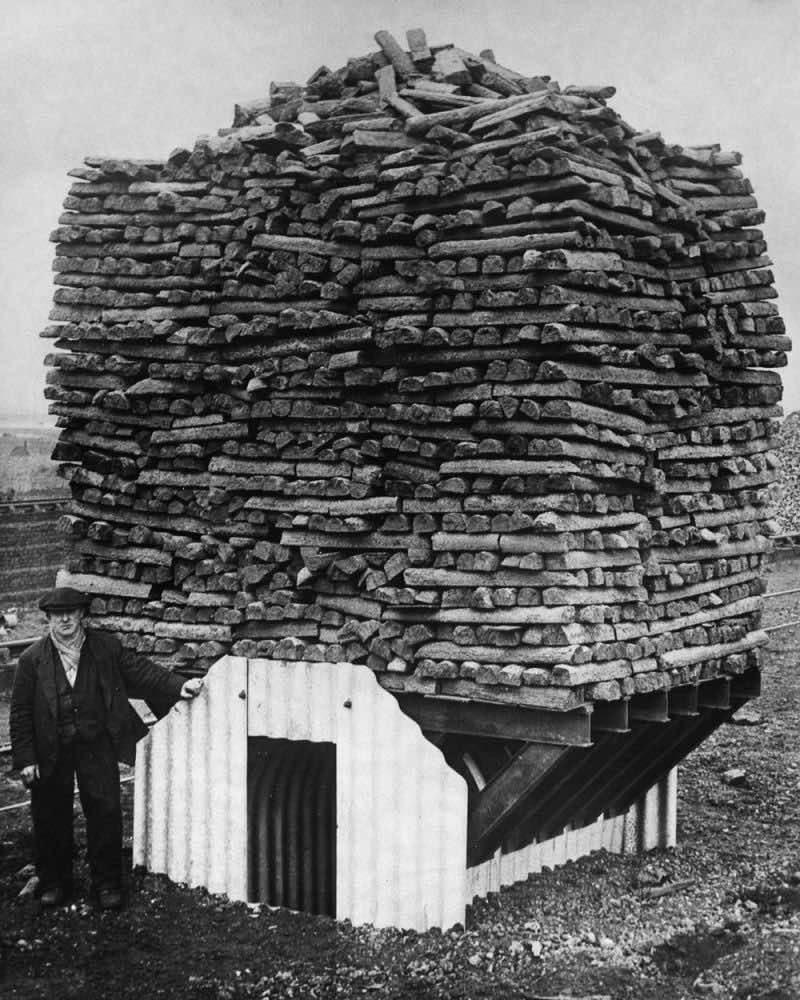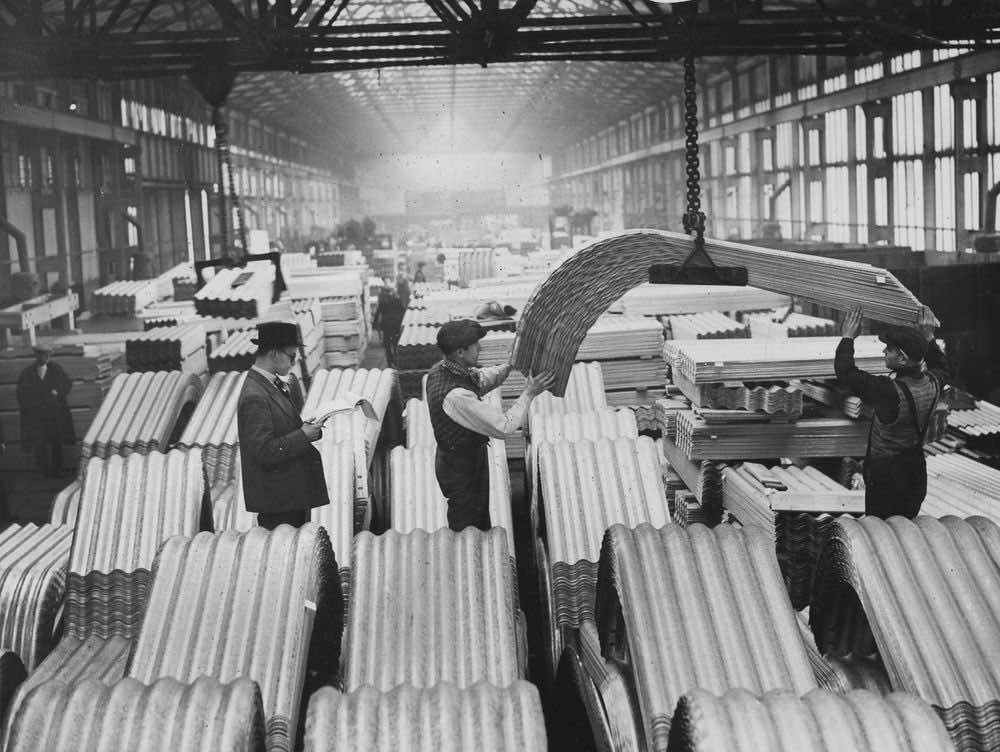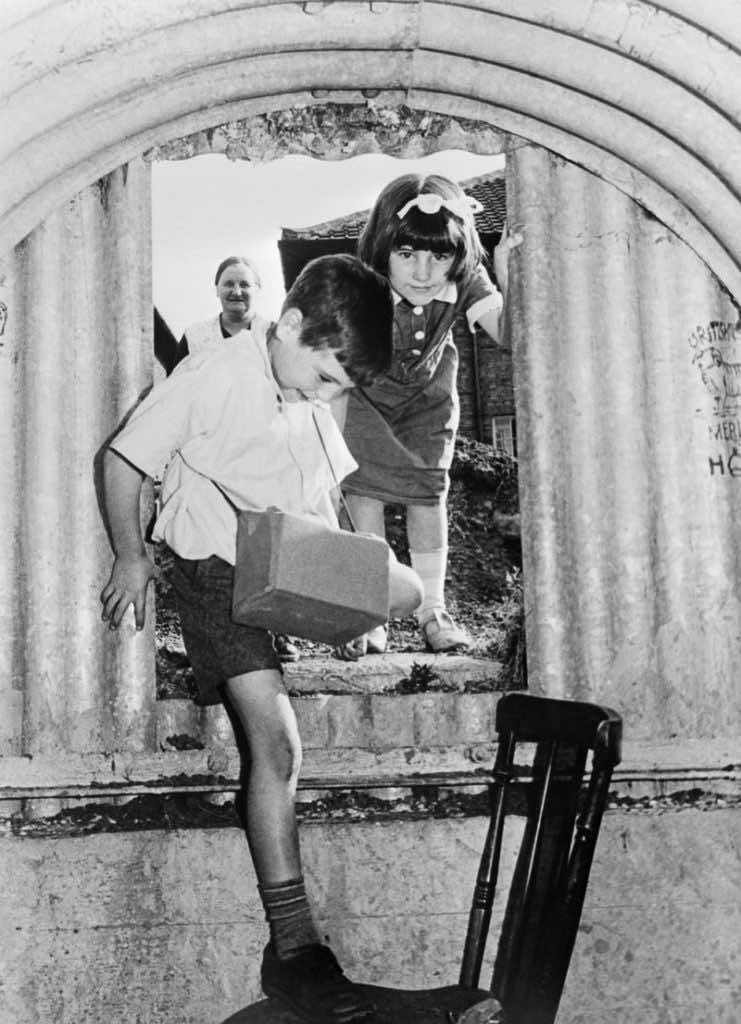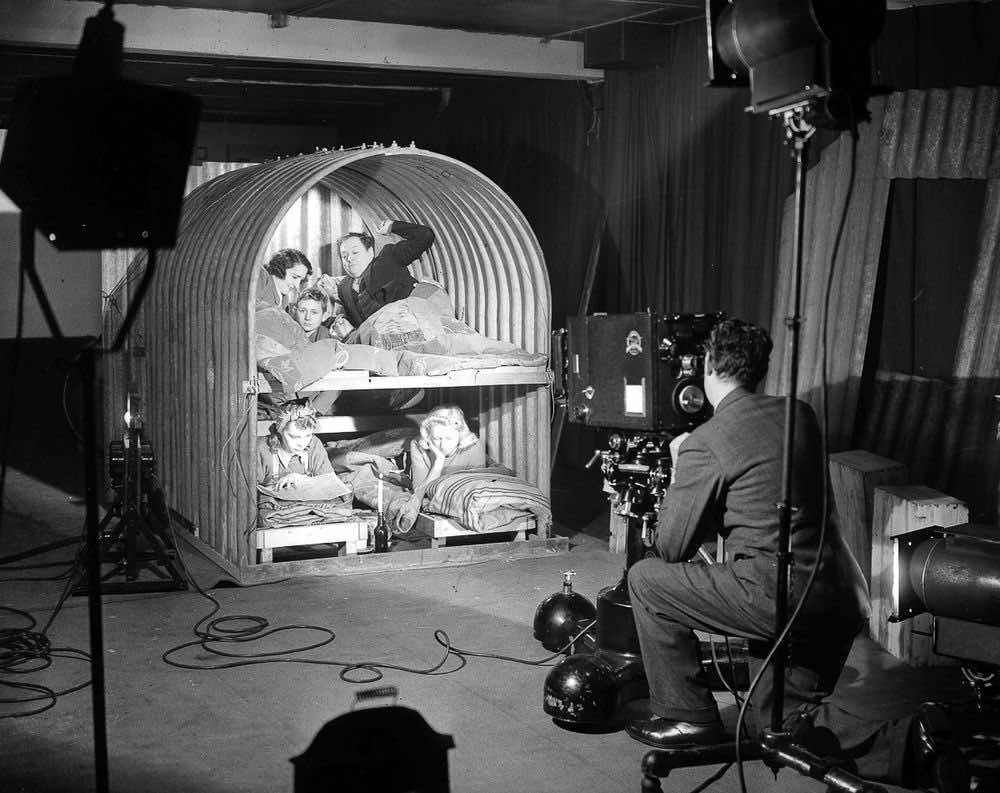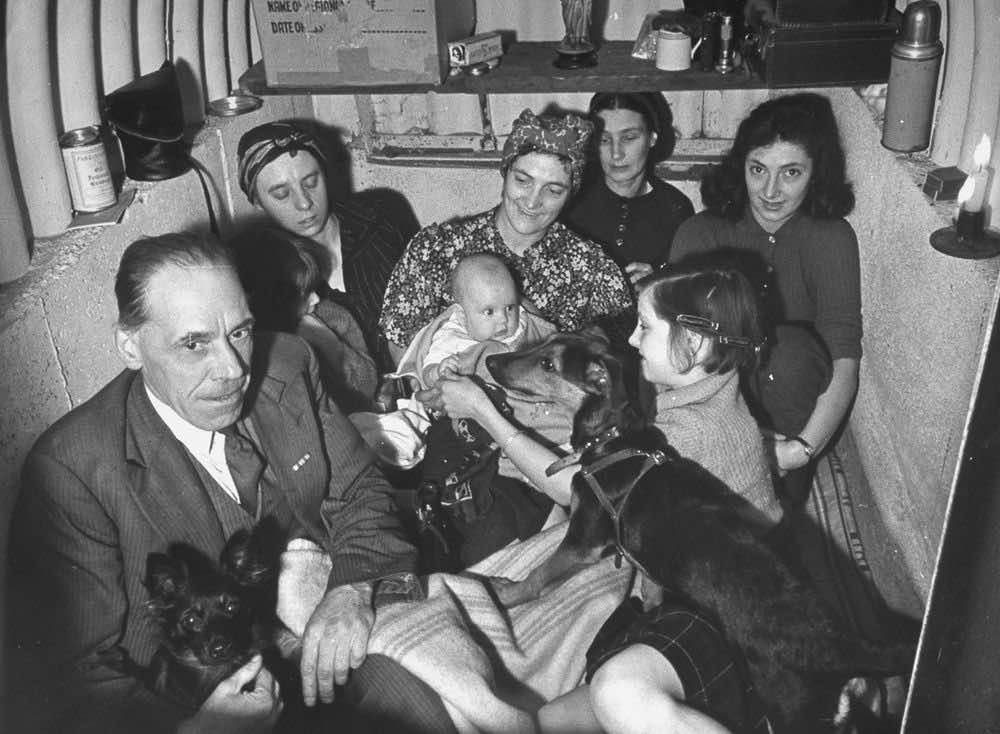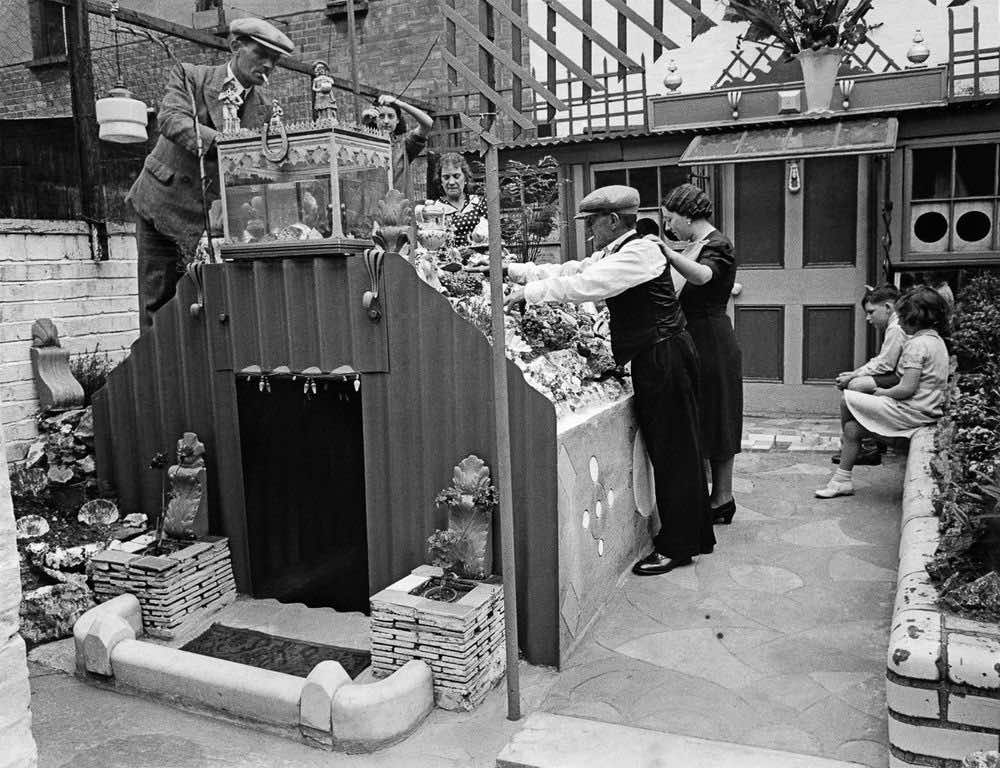Before starting the second world war in 1938, the prime minister of Britain, Neville Chamberlain, recruited sir John Anderson to command air raid preparations. Lord Privy stated that Anderson’s duty included organizing civil defense like air raid wardens do. He was also responsible for rescue squads, fire services, public shelters, and women’s voluntary service.
Anderson recruited engineers William Paterson and Oscar Carl Kerrison to form a cheap and small shelter installed in people’s gardens. Paterson and Kerrison came up with an unexpectedly great design, created with prefabricated corrugated sheet metal that was easy to put together in a garden. It was partially buried in the ground to protect against German bombs. This design later was famous as the “Anderson shelter” was one of the tools why deaths during Germany’s bombing of Britain were so low compared to the number of people who died in Germany.
The first of its kind was installed in the February of 1939 in one of the gardens in Islington, London. It was a pre-planned strategy; this early planning gave Britain a huge advantage when the war broke out in September of the same year. At the beginning of the war, 1.5 million Anderson Shelters were in place in the most vulnerable locations. And later, another 2.1 million were installed during the war.
Anderson Shelter Design
The shelters were built with six curved panels of corrugated steel joined together at the top with steel plates. This formed the base structure of the shelter. Additional straight sheets on each side acted as base walls. The shelter was six feet in height and was formed to be buried four feet in the ground, with the outer structure being covered with the excess soil that was dug out during the installation. Each shelter was enough for catering to four adults along with two children.
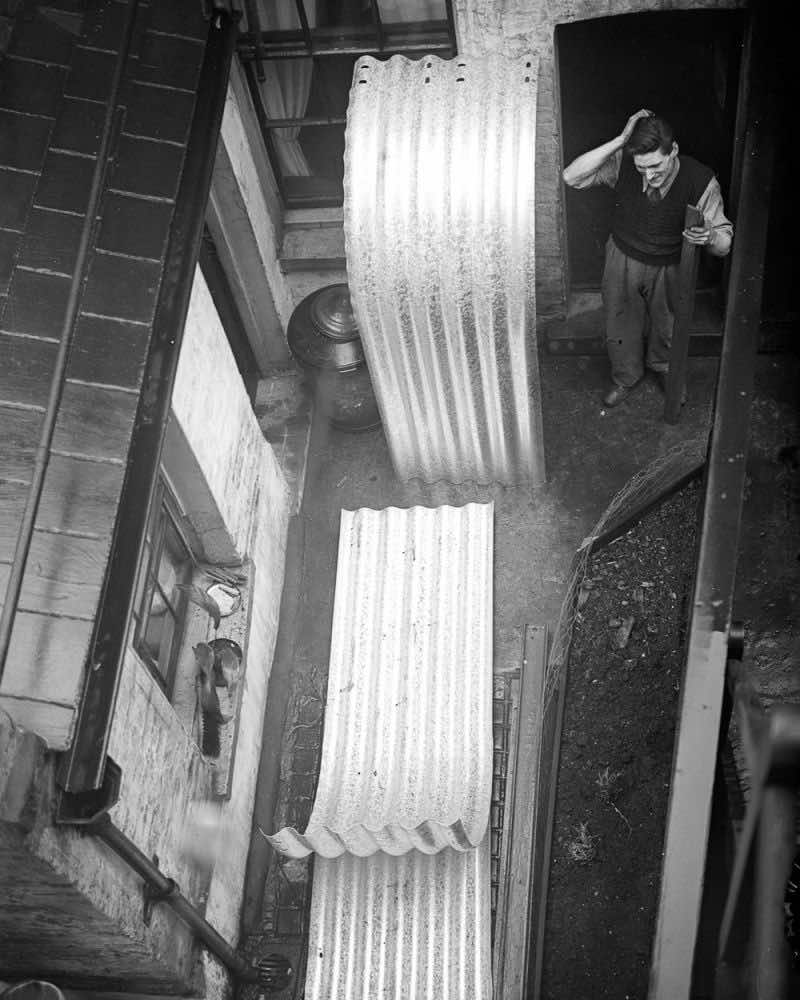
Income brackets of households were considered while distributing Anderson Shelters. Those who earned less than £5 a week were provided with these shelters free of cost, while those who earned more were charged with £7 for each.
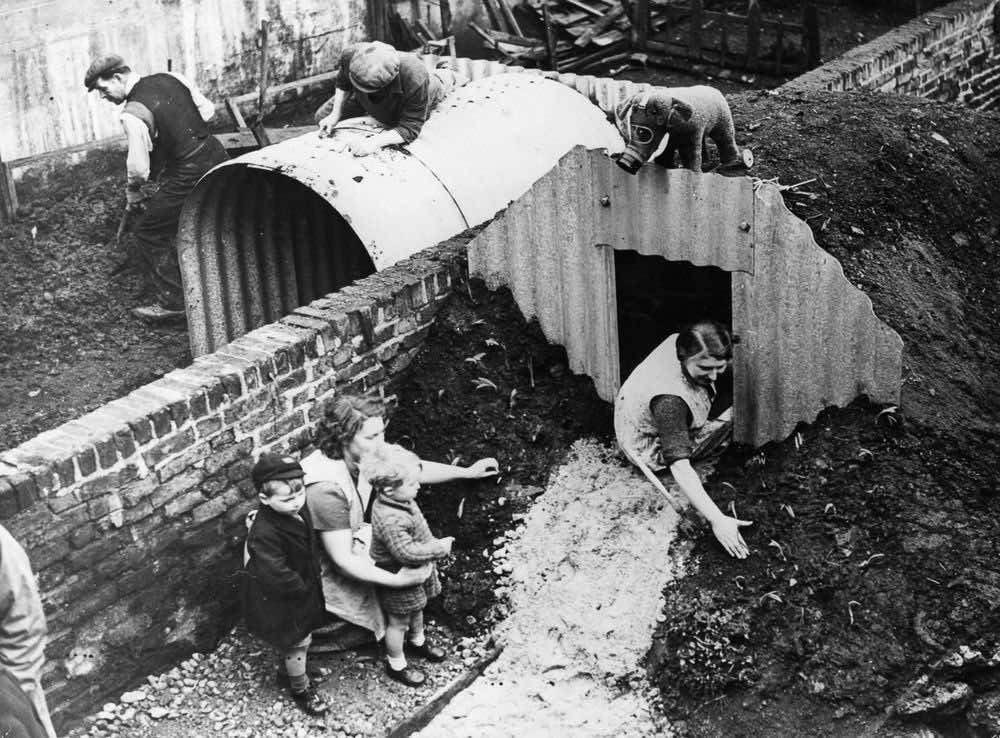
The corrugated sheets made these Anderson shelters far more resilient than compared with the concrete buildings. They sustained the effects of blasts that such results couldn’t even be imagined from concrete wall buildings. However, there was one considerable con attached to its name. They were not feasible for the winter months, as they got super cold, and masses found it hard to survive in harsh weather conditions.
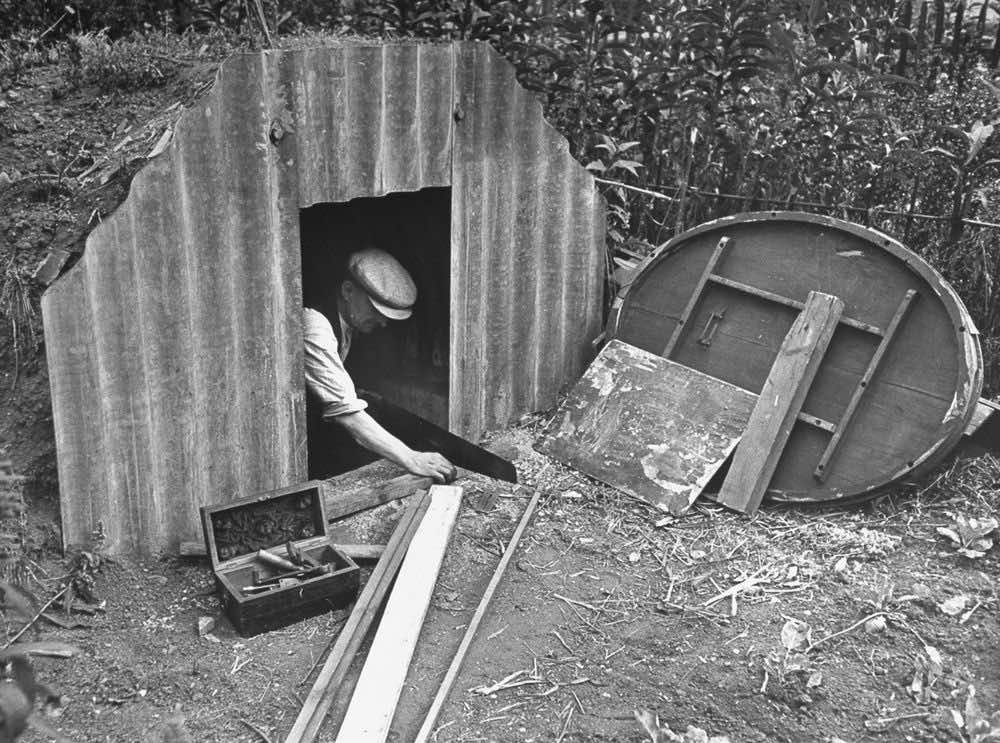
“We had an Anderson shelter in the garden,” recalled Muriel Simkin, who worked in Dagenham’s munitions factory. “You were supposed to go into your Anderson shelter every night. I used to take my knitting. I used to knit all night. I was too frightened to go to sleep.”
Many families worked to make their shelters more comfortable by installing them with wooden racks and bunk beds. People living in the bunker used pumps to remove the accumulated water and faced other such issues during their bunkers. Given these harsh living conditions, many families preferred staying in their homes and only switched to their bunkers when air raid sirens called for threats.
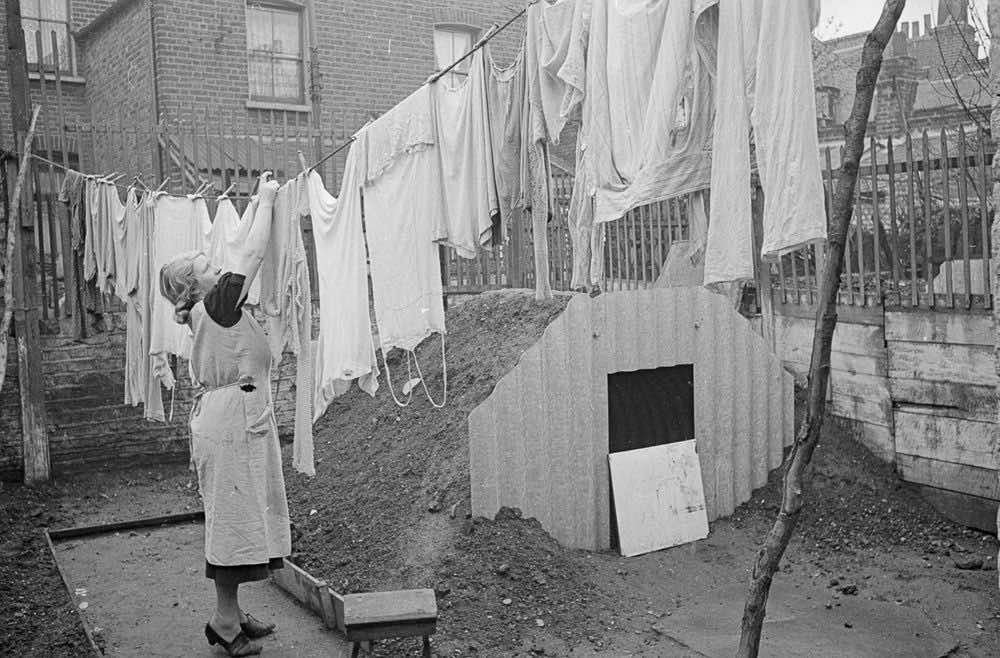
Another issue was that most people living in industrial spaces did not have gardens to place their shelters. As you’d think, a November 1940 survey showed that only 27 percent of Londoners used Anderson shelters, the other 9 percent used public shelters, and 4 percent used underground railway stations. The rest of the population were either on duty at night or slept in their own houses. These were the people who felt that, if they were going to die, they would rather prefer it to be in comfort.
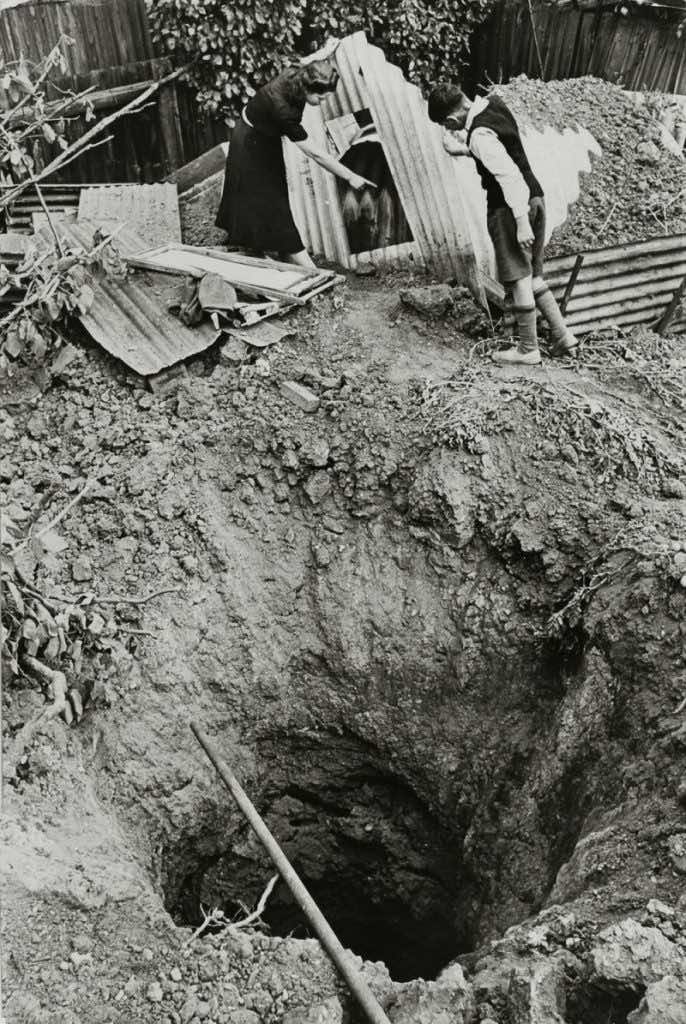
Many families attempted to make their shelters a better place to seek refuge. Vegetables and flowers were grown on the earth banks over the roof of the Anderson shelter. And soon, it became a competition for those fighting for their own and loved ones’ lives. Neighbors competed with each other as to who has the better-decorated shelter. A person wrote, “There is more danger of being hit by a vegetable marrow falling off the roof … than of being hit by a bomb!”
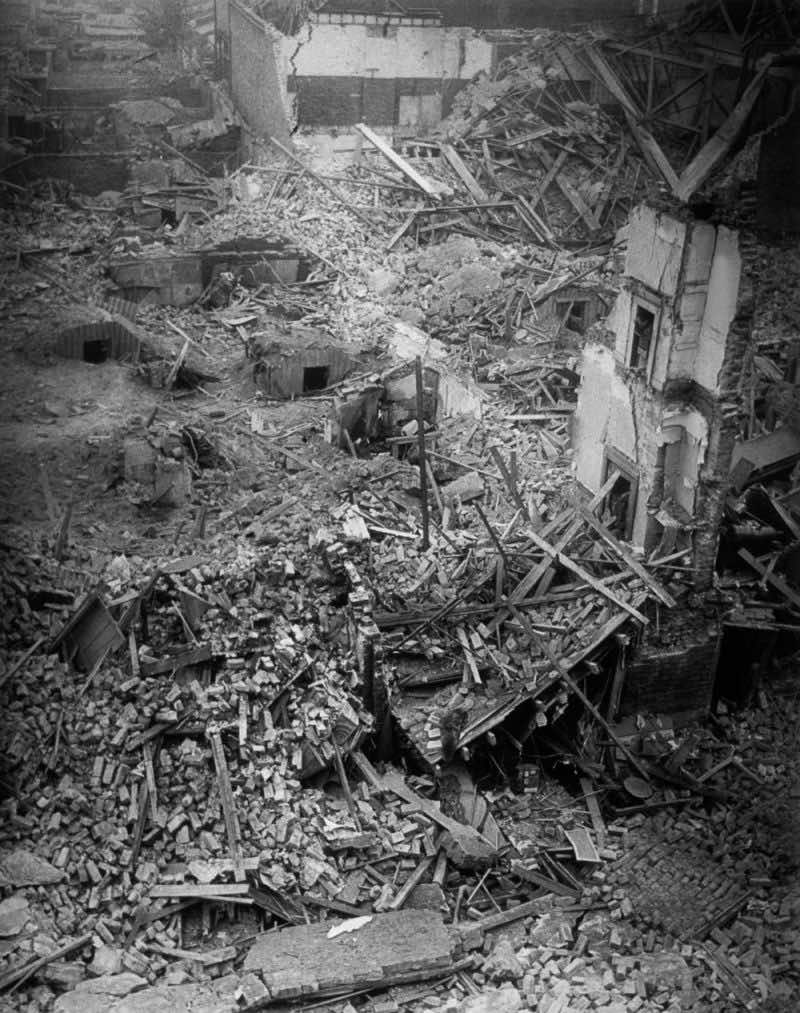
Many of these Anderson shelters survived the repercussions of war, which shows their effectiveness and helpfulness in times of need. These shelters were made to cater in times of war. However, they kept on catering as storage sheds in the later years. Many of these shelters are still in place being used for one or another utilization to date.
